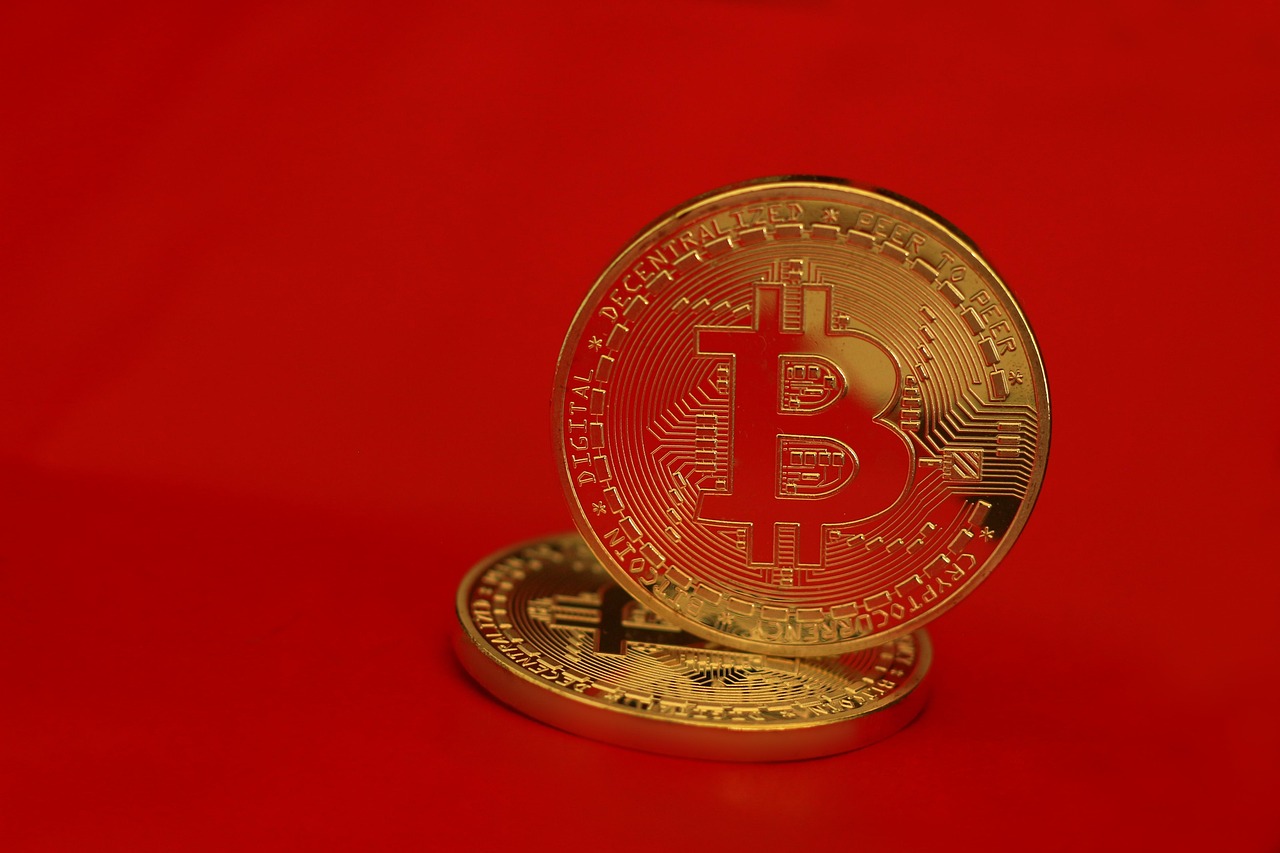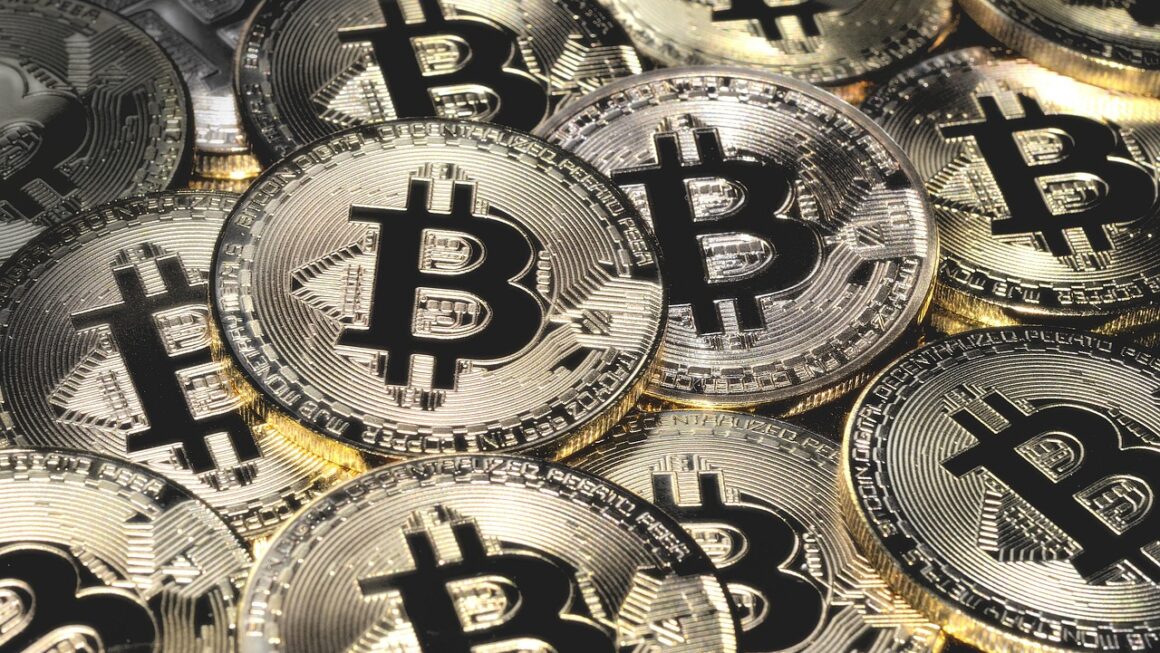Binance has revolutionized the cryptocurrency landscape, evolving from a simple exchange into a global ecosystem encompassing trading, education, and technological innovation. Whether you’re a seasoned crypto trader or a curious newcomer, understanding Binance is crucial for navigating the world of digital assets. This comprehensive guide will delve into the platform’s features, services, and its impact on the crypto market.
What is Binance?
Binance is a cryptocurrency exchange platform that provides a marketplace for buying, selling, and trading a wide range of digital currencies. Launched in 2017, it quickly rose to prominence and has consistently ranked among the world’s largest crypto exchanges by trading volume. Beyond just trading, Binance offers a suite of products and services catering to various crypto needs.
Key Features and Services
- Spot Trading: The core function of Binance, allowing users to trade cryptocurrencies at their current market price. Numerous trading pairs are available, offering diverse opportunities.
Example: Trading Bitcoin (BTC) against Tether (USDT) is a common spot trade.
- Futures Trading: Enables users to speculate on the future price of cryptocurrencies using leverage. This can amplify both profits and losses.
Caution: Futures trading involves high risk and is not suitable for beginners.
- Margin Trading: Borrowing funds to increase trading positions, similar to futures but with different risk profiles.
- Binance Earn: A suite of products for earning passive income on cryptocurrency holdings. Options include staking, savings accounts, and yield farming.
Example: Staking Ethereum (ETH) to earn rewards for validating transactions on the Ethereum network.
- Binance NFT Marketplace: A platform for creating, buying, and selling Non-Fungible Tokens (NFTs), digital assets representing ownership of unique items.
- Binance Launchpad & Launchpool: Platforms for participating in Initial Exchange Offerings (IEOs) and farming new tokens by staking existing ones.
- Binance Academy: A comprehensive educational resource for learning about cryptocurrency and blockchain technology.
- Binance Pay: A contactless, borderless payment technology powered by cryptocurrency, enabling users to send and receive crypto payments.
Binance Ecosystem
Binance has expanded beyond a simple exchange to encompass a complete ecosystem:
- Binance Chain & Binance Smart Chain (now BNB Chain): A blockchain network facilitating fast and low-cost transactions.
- Trust Wallet: Binance’s official multi-coin wallet, enabling users to securely store and manage their crypto assets.
- Binance Labs: The venture capital arm of Binance, investing in promising blockchain projects.
Getting Started with Binance
Opening a Binance account is relatively straightforward, but it requires adherence to KYC (Know Your Customer) regulations.
Account Creation and Verification
Funding Your Account
- Fiat Deposit: Deposit traditional currencies (e.g., USD, EUR) through bank transfers, credit/debit cards, or third-party payment processors. Fees may vary depending on the method.
- Crypto Deposit: Transfer cryptocurrencies from another wallet or exchange to your Binance account. Make sure to double-check the correct network and address.
Example: To deposit Bitcoin, copy your Binance Bitcoin address and paste it into the sending wallet.
- P2P Trading: Buy cryptocurrency directly from other users on the Binance P2P platform. This can offer more competitive rates and payment options.
Navigating the Binance Interface
Binance offers a user-friendly interface, but it can be overwhelming for beginners.
- Dashboard: Provides an overview of your account balance, portfolio performance, and market trends.
- Trade Section: Access spot, margin, and futures trading interfaces.
- Earn Section: Explore Binance Earn products for earning passive income.
- Wallet Section: Manage your crypto holdings and deposit/withdraw funds.
- Order Book: Displays real-time buy and sell orders for a specific trading pair.
- TradingView Charts: Integrated charts for technical analysis and price prediction.
Trading on Binance
Binance provides a versatile trading experience suitable for different strategies.
Spot Trading Explained
Spot trading involves buying and selling cryptocurrencies for immediate delivery.
- Market Order: Executes the trade at the best available price in the order book.
Example: Buying 0.1 BTC using a market order will instantly purchase Bitcoin at the current market price.
- Limit Order: Allows you to set a specific price at which you want to buy or sell. The order will only execute when the market reaches that price.
Example: Setting a limit order to buy BTC at $25,000. The order will only be filled if the price drops to $25,000.
- Stop-Limit Order: Combines a stop price and a limit price. When the stop price is triggered, a limit order is placed at the specified limit price.
Advanced Trading Features
- Margin Trading: Amplifies potential profits (and losses) by borrowing funds to increase trading positions. Requires collateral and involves higher risk.
- Futures Trading: Trade cryptocurrency derivatives contracts with leverage, allowing you to profit from both rising and falling markets. Understand the risks of liquidation.
- OCO (One-Cancels-the-Other) Orders: Placing two orders simultaneously, where if one order is executed, the other is automatically canceled. Useful for managing risk and capturing profits.
Security and Regulation
Security is paramount when dealing with cryptocurrency. Binance implements various measures to protect user funds and data. Regulation is also crucial for building trust and ensuring the long-term viability of the platform.
Security Measures
- Two-Factor Authentication (2FA): Adds an extra layer of security by requiring a code from your authenticator app or SMS.
- Anti-Phishing Code: Allows you to verify the authenticity of Binance emails.
- Address Whitelisting: Restricting withdrawals to pre-approved addresses.
- Cold Storage: Storing a significant portion of user funds offline to protect against hacking.
- Regular Security Audits: Ensuring the platform’s security systems are up-to-date and effective.
Regulatory Compliance
Binance’s regulatory status has been subject to scrutiny in various jurisdictions.
- Global Expansion: Binance operates in multiple countries and regions, adapting to local regulations.
- Compliance Efforts: Working with regulatory authorities to obtain licenses and comply with applicable laws.
- KYC/AML: Implementing Know Your Customer (KYC) and Anti-Money Laundering (AML) procedures to prevent illicit activities.
Conclusion
Binance has undeniably shaped the cryptocurrency ecosystem. Its diverse range of products, user-friendly interface, and commitment to innovation have made it a leading platform for traders and investors alike. While security concerns and regulatory scrutiny are ongoing considerations, Binance continues to evolve and adapt to the ever-changing crypto landscape. By understanding its features, risks, and regulatory environment, users can make informed decisions and leverage the platform effectively.
Read our previous article: Future-Proofing Business: Tailored IT Solutions Emerge




